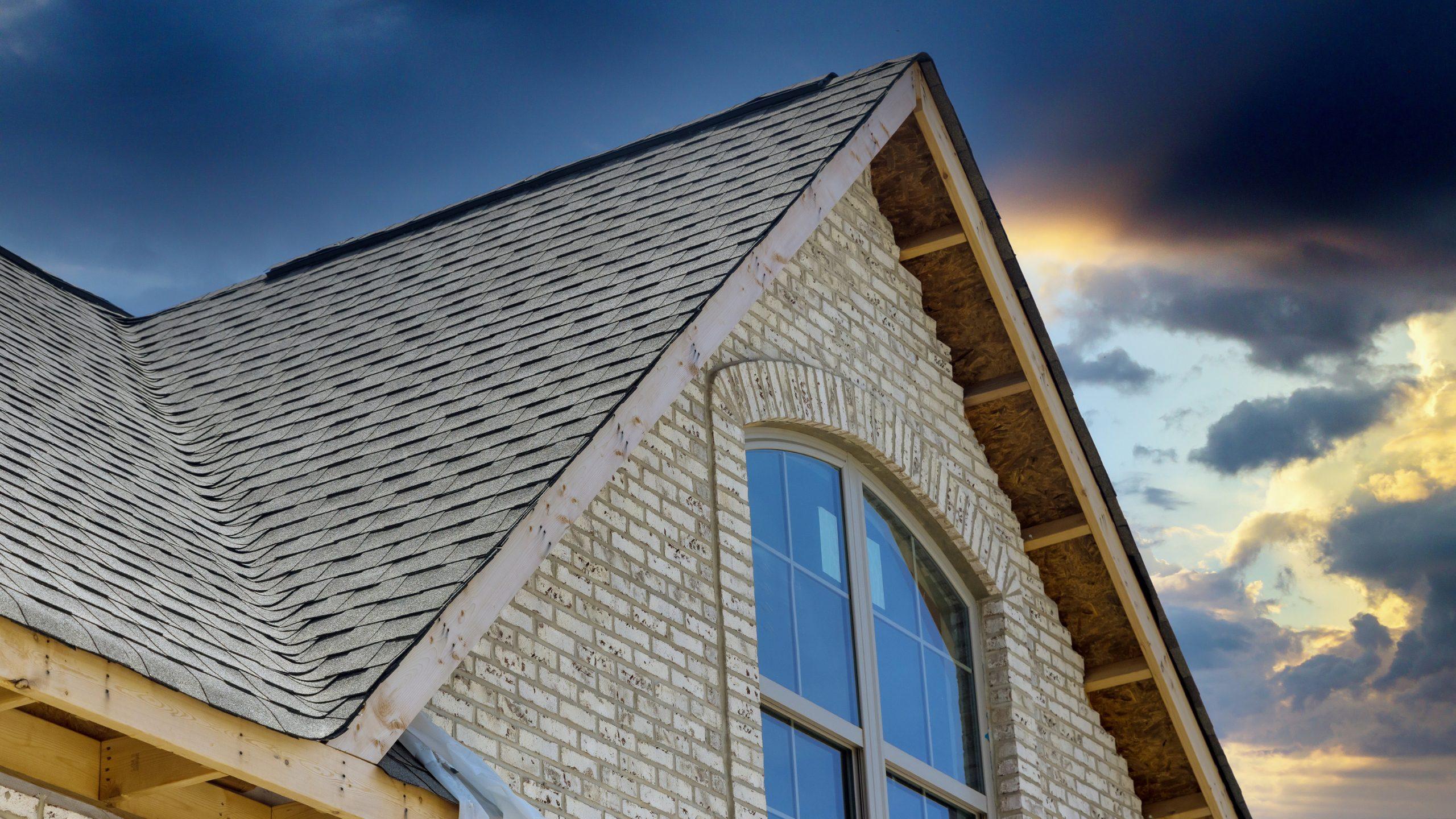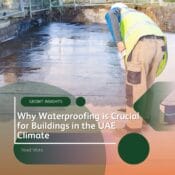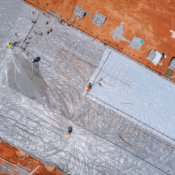
7 Waterproofing Mistakes That Could Ruin Your Home (And How to Avoid Them)
Waterproofing is crucial for protecting your home from moisture damage, mold growth, and structural issues. However, even a seemingly minor oversight can lead to costly repairs and potential health hazards. In this article, we'll explore seven common waterproofing mistakes and provide practical solutions to help you safeguard your home
Mistake #1: Neglecting Proper Drainage
One of the most significant waterproofing mistakes is failing to ensure proper drainage around your home's foundation. Poor drainage can cause water to accumulate and seep into your basement or crawl space, leading to moisture problems and potential structural damage.
Solution: Ensure that your property has a well-designed drainage system, including properly sloped ground, functional gutters and downspouts, and potentially a French drain or sump pump for areas prone to excessive moisture.
Mistake #2: Using Incompatible Waterproofing Materials
Not all waterproofing materials are created equal, and using incompatible products can compromise the effectiveness of your waterproofing system.
Solution: Consult with a professional waterproofing contractor or carefully follow manufacturer instructions to ensure that the products you use are compatible and designed to work together effectively.
Mistake #3: Insufficient Preparation
Proper surface preparation is essential for waterproofing materials to adhere correctly and perform as intended.
Solution: Thoroughly clean and prepare surfaces by removing debris, dirt, and any existing coatings or sealants before applying new waterproofing materials.
Mistake #4: Overlooking Cracks and Gaps
Even the smallest cracks or gaps in your home's foundation, walls, or roof can provide entry points for water, compromising your waterproofing efforts.
Solution: Carefully inspect for cracks and gaps, and use appropriate sealants or repair products to fill and seal these areas before applying waterproofing solutions.
Mistake #5: Inadequate Ventilation
Proper ventilation is crucial for preventing moisture buildup, which can lead to mold growth and other issues.
Solution: Ensure that your home has adequate ventilation, particularly in areas prone to moisture, such as bathrooms, kitchens, and basements. Consider installing exhaust fans or dehumidifiers if necessary.
Mistake #6: Ignoring Manufacturer Instructions
Waterproofing products often come with specific application instructions and guidelines, which should be followed closely for optimal performance.
Solution: Read and follow manufacturer instructions carefully, including guidelines for surface preparation, application techniques, curing times, and any necessary maintenance or reapplication.
Mistake #7: Failing to Maintain Waterproofing Systems
Waterproofing is not a one-time solution; regular maintenance and inspections are crucial for ensuring long-term protection.
Solution: Establish a routine for inspecting and maintaining your waterproofing systems, including checking for any signs of damage or deterioration and addressing any issues promptly.
By avoiding these seven common waterproofing mistakes and following best practices, you can effectively protect your home from moisture-related issues and ensure a dry, healthy living environment. Remember, investing in proper waterproofing is far more cost-effective than dealing with the consequences of water damage down the line.



